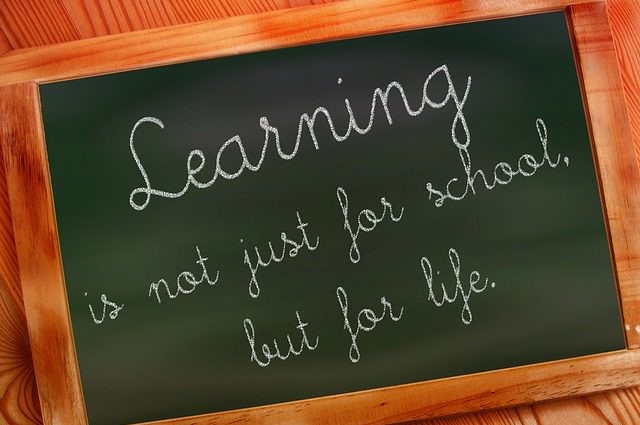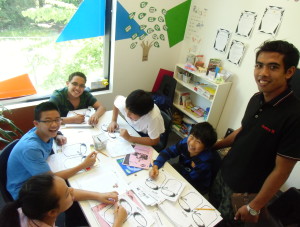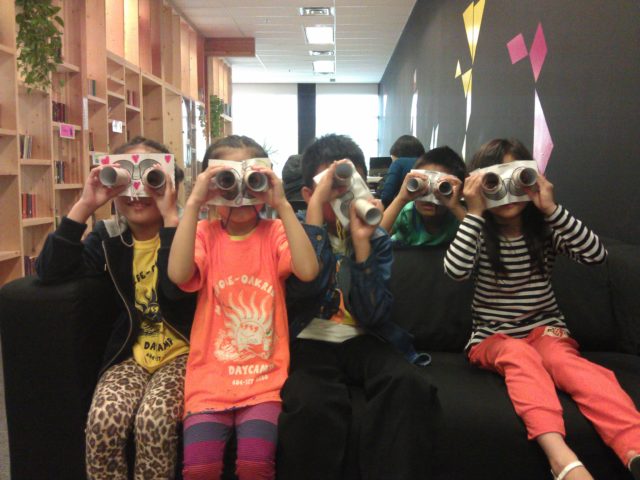Implementing The Design Cycle into the New Term at LMLA
As the Academic Director, I would like Little Mountain Learning Academy to be a recognized as a school with vision and as a school that inspires vision. It is without question that Little Mountain is breaking new ground with our educational philosophy and methods but sadly, the parents are not always made aware of all that we do. At Little Mountain, we value our parents and the wider community and hope to share our vision more clearly and more regularly with you.
This upcoming school year, Little Mountain wants to show all parents just how hard their children are working. Little Mountain also wants to share every step of their son or daughter’s learning process. With this in mind, in September, Little Mountain is implementing The Design Cycle.
The Design Cycle is an organizational tool intended to show the process of student work. All tasks using The Design Cycle are designed to make students think about a current problem. As designers, students will be asked to create a solution to the problem. Good solutions or creations (projects) do not simply manifest out of thin air. Rather, there is a process and this process is called The Design Cycle. The Design Cycle is a tool to help students to investigate, create, and evaluate projects/products/solutions in response to challenges.
Classroom projects using the Design Cycle are directed by using guiding questions. Guiding questions are used to guide the project by using the question as the lens through which the topic is addressed. Once the students have answered the guiding question and have created innovated solutions and projects, these projects will be shared with you; the parents.
This project-based and student centered method will generate a number of projects that will be regularly shared parents. Parents can share in the Little Mountain vision when they become witness to the great progress their son or daughter is making.
Learning how to ask questions, identify problems, collect research, and offer viable solutions gives students the opportunity to hone critical thinking and real world skills that are above and beyond mere recall of information. Students will become inquirers, innovators, and creators.
Just imagine how university admissions officers will respond to an entrance application that includes a student directed creation. Just imagine, how much is possible when students are engaged creators of their own projects and ultimately, their own futures.



 International Educators Descend on LMLA to Discuss SMRT
International Educators Descend on LMLA to Discuss SMRT